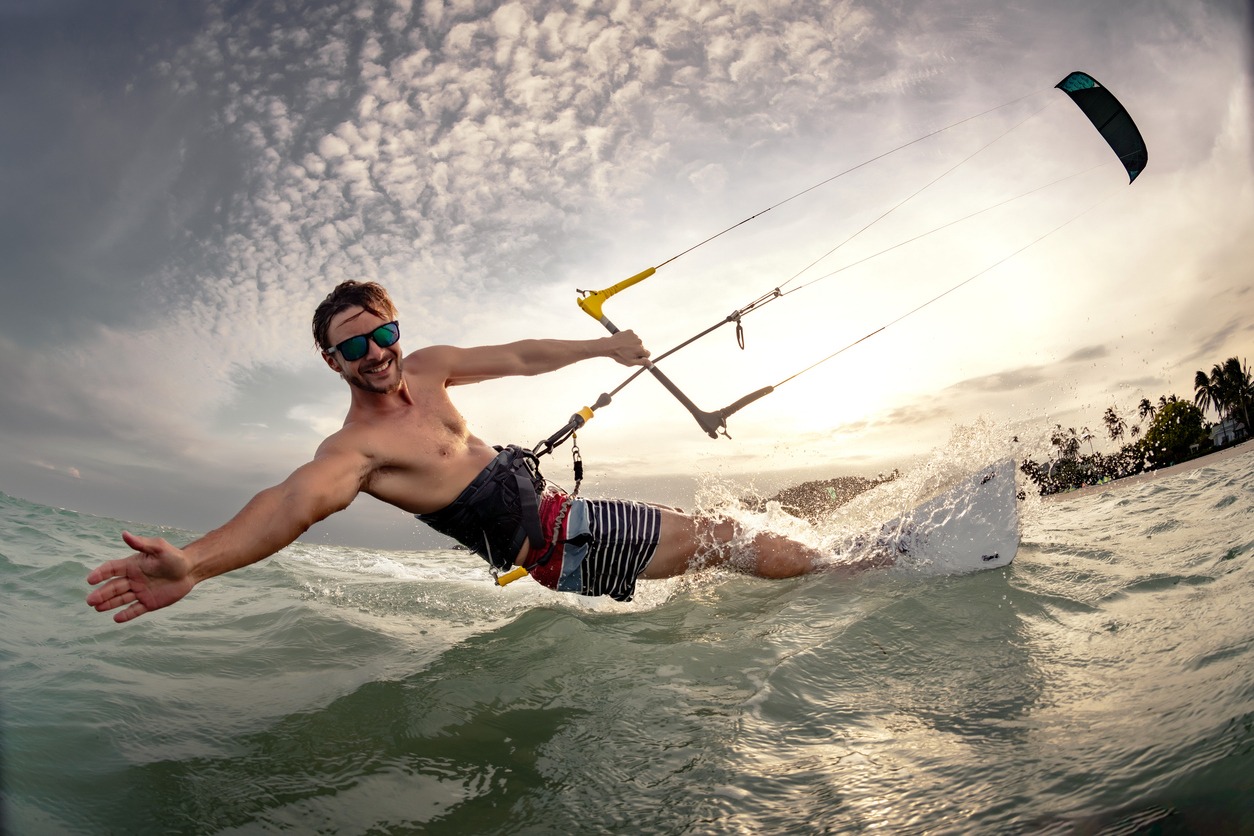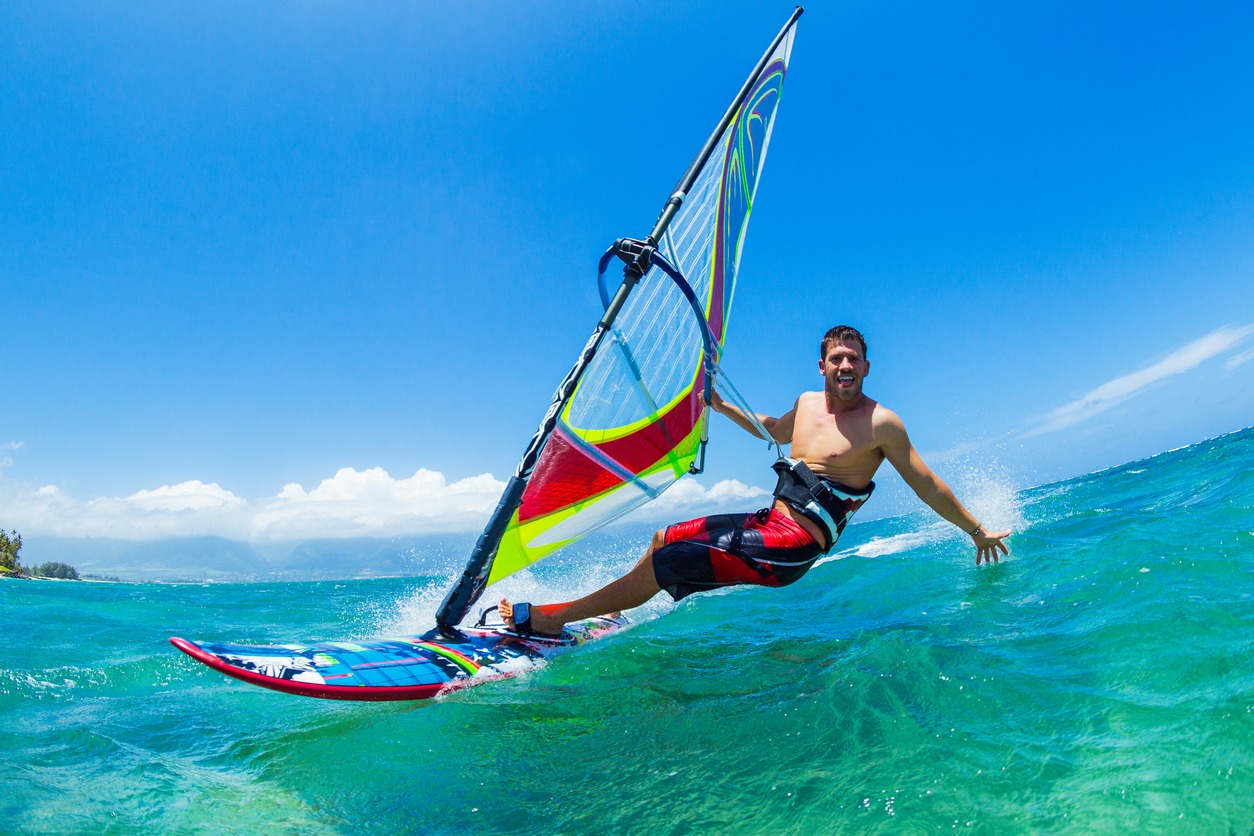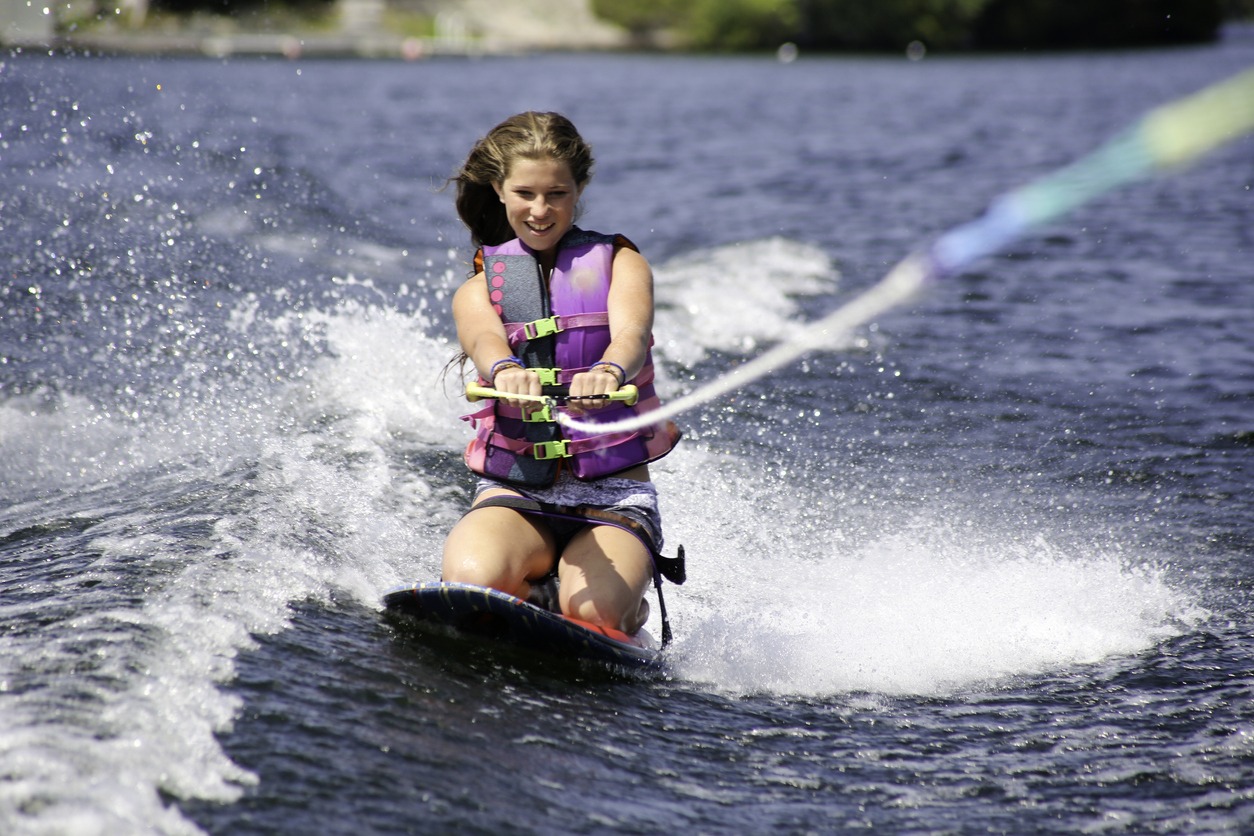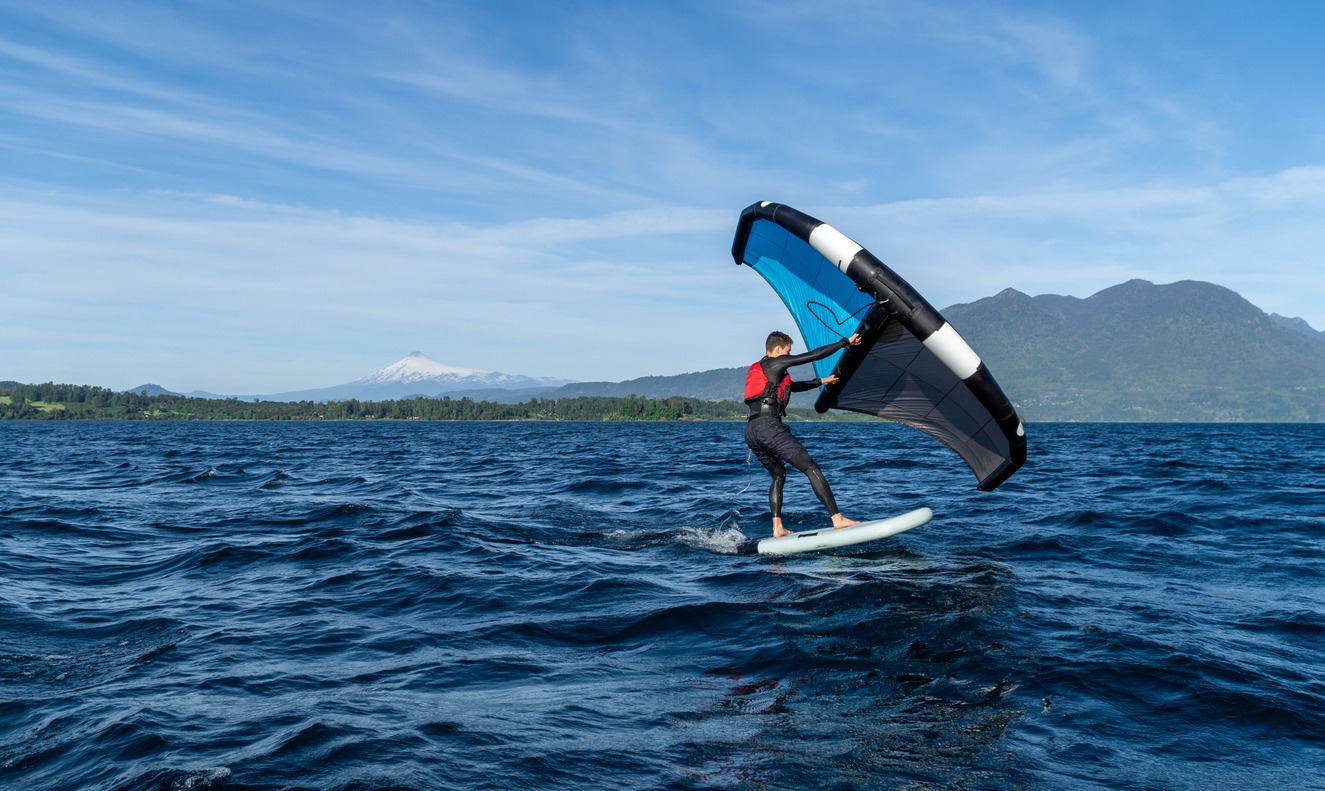Guide to River Surfing: Where and How to Get Started
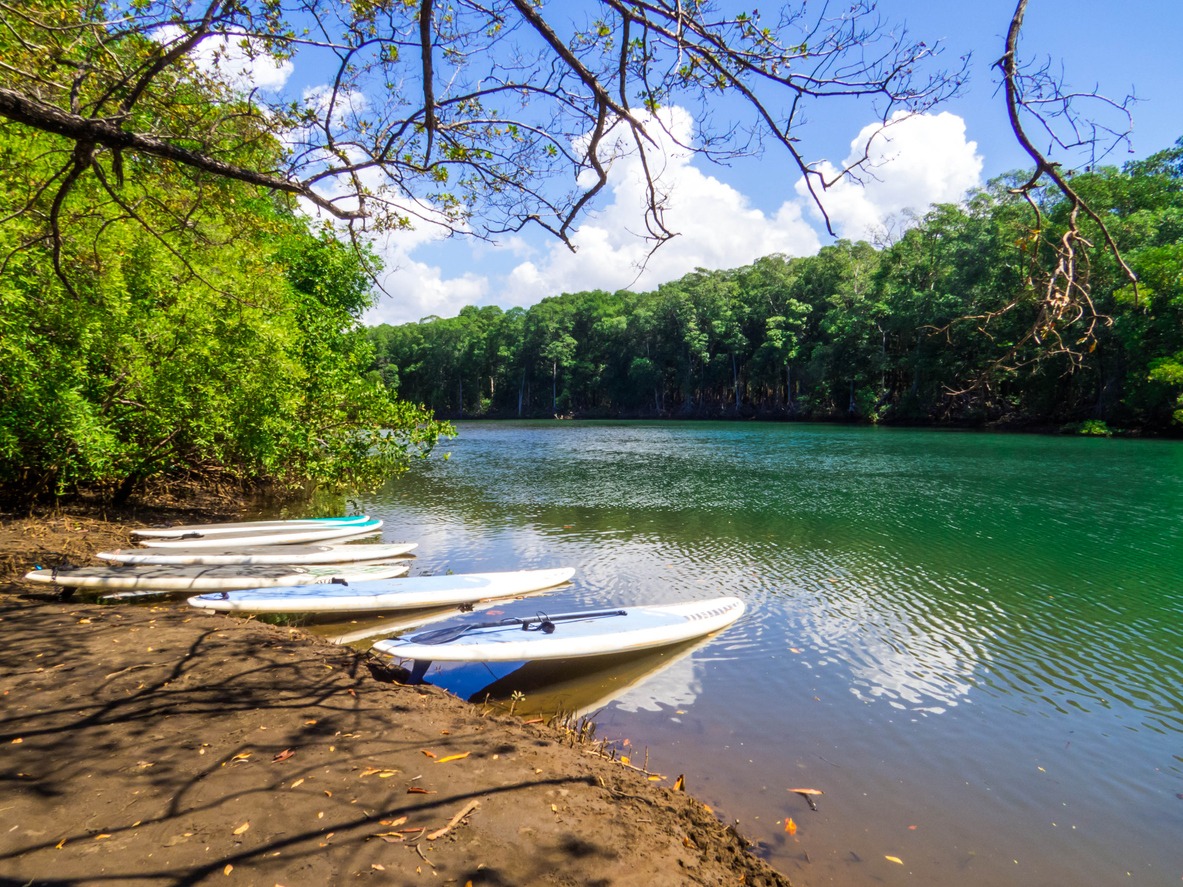
River surfing offers an exhilarating alternative to ocean waves, letting you ride stationary river waves created by obstructions. To get started, you'll need a short river surfboard, personal flotation device, wetsuit, quick-release leash, and helmet. Find suitable waves through local surf shops, online resources like Riverbreak.com, or by exploring rivers yourself. Always prioritize safety by observing the wave, identifying hazards, and respecting other surfers. Begin with larger, stable boards and practice positioning yourself in the current to catch waves. As you progress, you can tackle more challenging waves and learn advanced techniques. Uncover the thrilling world of river surfing and its popular destinations awaits.
Understanding River Surfing Basics
River surfing, a unique twist on the traditional ocean sport, offers thrill-seekers a fresh way to ride the waves. Unlike ocean surfing, you'll be riding stationary waves created by obstructions in rivers where water speeds up and forms a wave-like shape. It's analogous to surfing on a treadmill, with the water moving beneath you rather than you gliding across it. One of the earliest documented river surfing rides was in 1955 along the tidal bore of the River Severn in England.
One of the advantages of river surfing is the predictability of the waves. You'll be able to make the same turns as in ocean surfing, but on more consistent river waves. This predictability allows for extended practice and skill development. However, natural river waves typically offer shorter windows for ridability compared to those found in whitewater parks.
Safety is paramount in river surfing. You'll need to gear up with a personal floatation device, helmet, and quick-release leash system to mitigate risks. These precautions are essential due to the unique challenges posed by river currents.
As you investigate this exciting sport, you'll find that river surfing combines elements of traditional surfing with the thrill of whitewater adventures, creating a truly unique experience for water sports enthusiasts.
Essential Equipment for River Surfing
To safely and effectively enjoy river surfing, you'll need specialized equipment that differs from traditional ocean surfing gear. Your river surfboard should be shorter than 6 feet and have a harder, more compact shape to traverse the fast-moving waves. Unlike ocean surfing, you'll need to wear a personal flotation device (PFD) for added safety and warmth in emergencies.
River water is typically colder than the ocean, so a wetsuit with a hood and booties is essential to protect you from the chilly temperatures. When it comes to leashes, avoid ankle attachments as they're dangerous in river currents. Instead, opt for a quick-release waist leash for increased safety.
Don't forget to protect your head! A helmet is indispensable for river surfing to guard against potential impacts with rocks or other obstacles. Remember, safety should always be your top priority when tackling river waves. By equipping yourself with the right gear, you'll be better prepared to handle the unique challenges of river surfing and enjoy this thrilling water sport to its fullest.
Finding Suitable River Waves
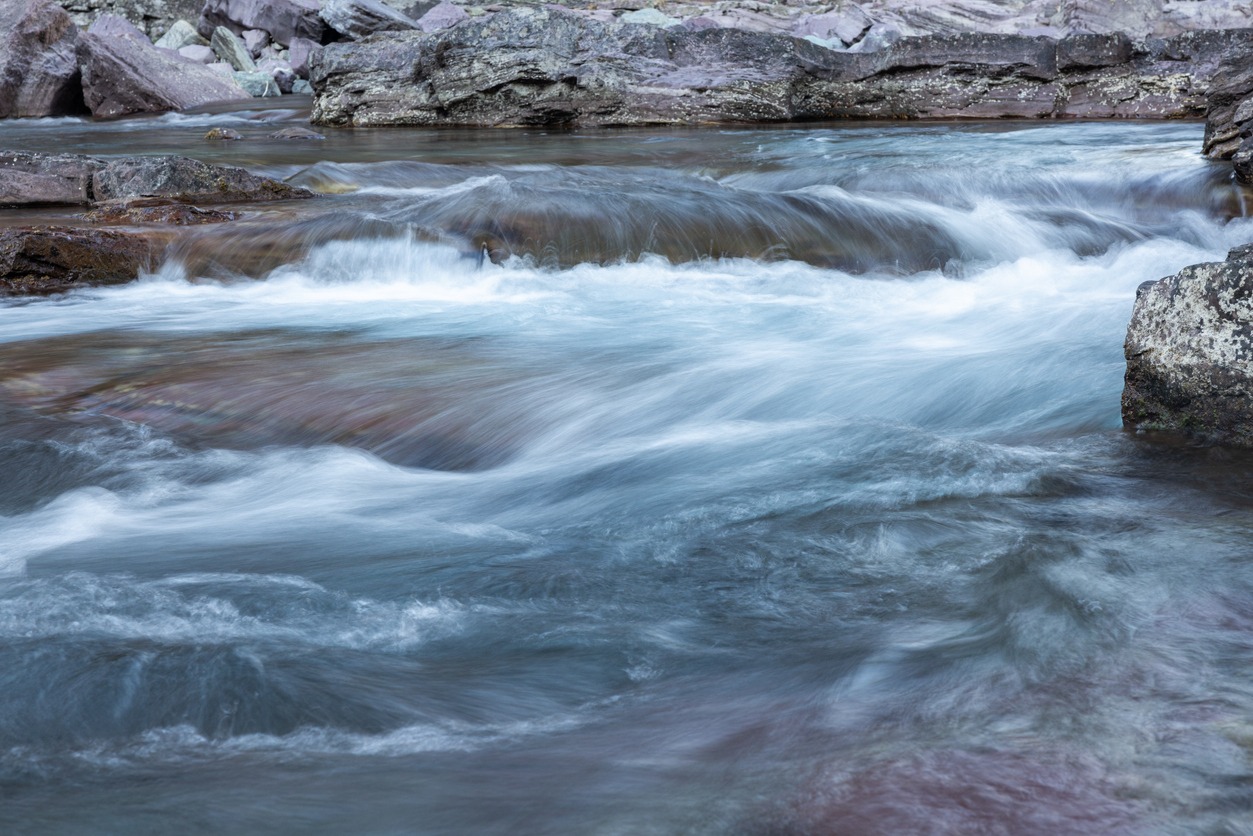
Unlike ocean surfing, finding suitable river waves requires a bit more research and investigation. To start your search, visit local surf shops, kayak rentals, or SUP outfitters. These businesses often know about river surfing spots in the area and can provide helpful information.
FlowRider is the only company that produced such a device currently available, offering simulation of breaking waves that attract surfers and bodyboarders. Turn to online resources to expand your hunt. YouTube is an excellent platform to discover potential waves in your region. Look for river surfing videos that showcase nearby locations. Rafting and playboating websites can also offer details on suitable waves for surfing.
For a global perspective, check out the worldwide river surfing map on Riverbreak.com. This resource can help you locate potential river waves to surf around the world. Remember that river waves are created by various factors, including water level and natural or man-made features.
Don't forget to explore rivers yourself and connect with experienced local surfers. They can guide you to the best spots and provide knowledge on when conditions are ideal. In the event you need more options, consider visiting a whitewater park where artificial waves are created specifically for river sports.
Safety Precautions and Etiquette
Safety should be your top priority when river surfing. Always wear a personal floatation device and helmet to protect yourself from impacts and assist in potential rescues. Use a quick-release leash system to avoid risks of becoming entangled if you fall off your board.
Before entering the water, observe the wave, identify entry points and potential hazards. Communicate with other river users to maintain a safe environment. It's imperative to understand and follow river surfing etiquette. Respect the line-up, limit your wave time, and look out for fellow surfers.
To minimize injury risks, avoid standing in the main current and fall flat if you lose balance. Never surf alone; always have a buddy or group with you for safety.
When you're on the wave, stay alert and aware of your surroundings. Be prepared to adapt to changing conditions quickly. Remember that river surfing can be unpredictable, so always err on the side of caution. By following these safety precautions and etiquette guidelines, you'll not only protect yourself but also contribute to a positive and respectful river surfing community.
Techniques for Catching Waves
Catching waves in river surfing requires a unique blend of skill, timing, and river-reading ability. Unlike ocean surfing, you'll need to position yourself precisely in the river's current to catch the standing wave. Start by observing the type of wave and its characteristics, watching how local surfers approach it.
To catch the wave, paddle upstream towards it, matching the speed of the water. As you approach, lean forward and place your front foot on the board. When you feel the wave's energy lifting your board, pop up quickly and smoothly. Keep your eyes on the wave's peak and adjust your body position to stay in the sweet spot.
It'll take some time to become proficient in the technique, so don't get discouraged if you don't succeed immediately. Practice reading the river's flow and timing your approach. As you improve, you'll learn to use the current to your advantage, propelling yourself onto the wave with less effort. Remember, each river wave is unique, so be prepared to adapt your technique based on the specific conditions you encounter.
Progressing Your River Surfing Skills
Progressing in river surfing involves five key steps that build upon your foundational skills. Start by mastering the basics on larger, more stable boards before transitioning to smaller, more maneuverable river surfboards. As you gain confidence, focus on developing crucial techniques like edge control and rail-to-rail transfers through consistent practice on the wave.
Seek out experienced river surfers who can mentor you and teach advanced maneuvers such as acid drops, carving, and aerial tricks. Remember to always use ankle leashes for safety. As your abilities improve, challenge yourself by tackling bigger, more powerful waves, but never compromise on safety.
Engage with the river surfing community by attending events, participating in contests, and sharing your experiences. This interaction will expose you to new techniques and perspectives, accelerating your growth as a river surfer. Keep pushing your limits and refining your skills through regular practice and exposure to diverse river conditions. By following these steps and immersing yourself in the river surfing culture, you'll steadily progress from a beginner to an accomplished river surfer capable of tackling challenging waves with confidence and style.
Popular River Surfing Destinations
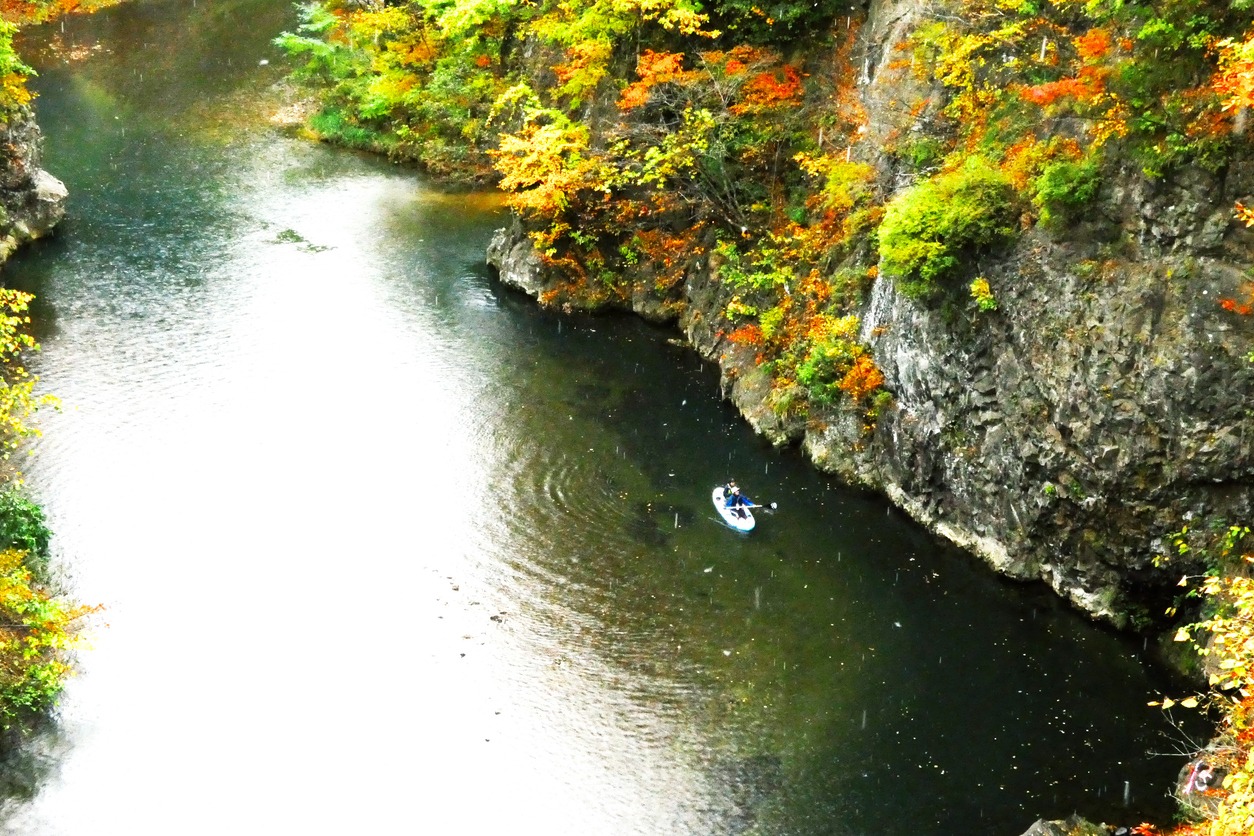
River surfing enthusiasts have a growing number of destinations to choose from across North America. If you're looking to catch some inland waves, consider these popular spots.
Salida, Colorado, is often regarded as the birthplace of mountain surf culture. The town's Badfish Surf Shop, established in the early 2000s, has been instrumental in nurturing the sport's growth. Heading northwest, you'll find Bend, Oregon, home to a renowned whitewater park that attracts river surfers from all over the country.
In Boise, Idaho, you can ride the engineered wave on the Greenbelt, offering a controlled environment perfect for honing your skills. Denver's Juncture Park features a man-made surf feature that's helped bring river surfing into the mainstream.
For those venturing to Nevada, the Reno area boasts several strong river surf waves. You can test your skills on the Truckee River or at the Reno Whitewater Park. Each of these destinations offers unique challenges and experiences, catering to different skill levels and preferences.
As river surfing continues to gain popularity, these locations provide excellent opportunities for both beginners and experienced surfers to enjoy this thrilling inland sport.

